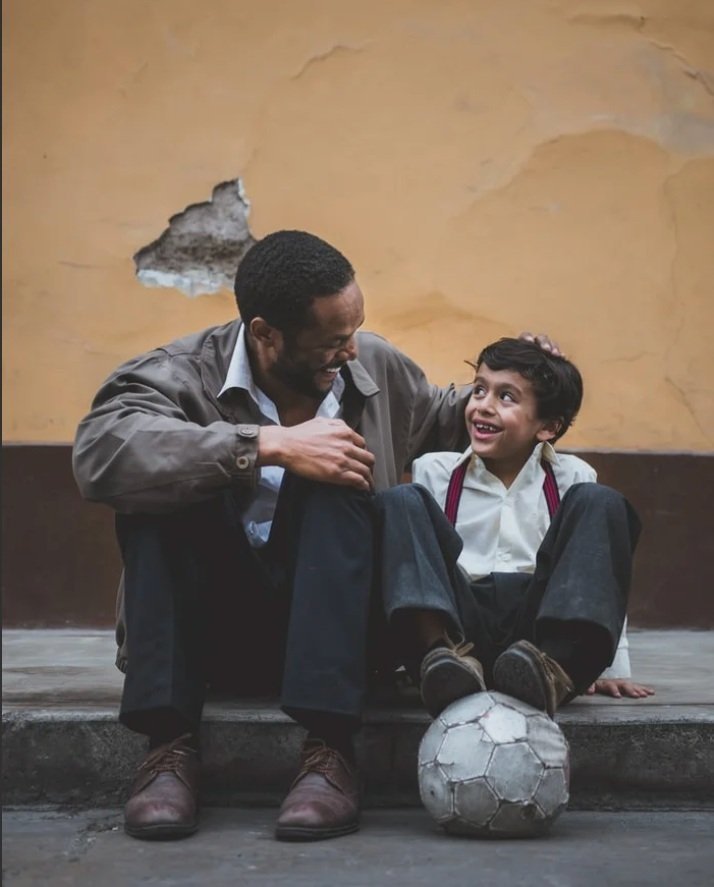
Task Force on Boys in School
Fact Sheet - Exploring Boys' (Mis)Behaviors
Things to Know
Boys and Behavior
Starting in elementary school and persisting through high school, boys as a group exhibit higher levels of “externalizing” behavioral difficulties such as fighting, aggression, yelling, inattention, and impulsivity. While these behaviors are frequently the result of a boy feeling sad, insecure, hurt, or restless, they can lead to many boys being labeled “a bad kid.”
Boys from low socioeconomic status (SES) backgrounds or other groups, including boys of color (e.g., Black, Latinx, Native American, Southeast Asian, and Pacific Islanders), may experience elevated behavioral challenges fueled by lack of access to basic needs and/or external stressors, such as racism and ethnic bias in schools. Furthermore, when exposed to traumatic and adverse events, such as physical and emotional abuse, neglect and household dysfunction, boys of all backgrounds can exhibit elevated behavioral and social-emotional issues (e.g., aggression, impulsivity, mood instability, and lack of trust towards adults).
Along with biological factors, like elevated levels of testosterone, that have been linked to behavioral difficulties for some boys, masculine gender socialization can also plays a significant role. Boys are commonly socialized to restrict vulnerable emotions, display power and aggression, and prioritize sports while devaluing academics. Consequently, adherence to the Boy/Guy Code, along with the experience that their presence and contributions are not as valued, can contribute to many boys’ misbehavior and disengagement from school and educators.
Photo by Sam Balye @sambalye
Boys and Discipline
Boys experience higher levels and rates of discipline actions than girls from the beginning of elementary school through high school. Common mechanisms of discipline include time-outs, detentions, parent-teacher meetings, suspension, and expulsion. Boys can experience more severe punishment than girls for similar behavioral issues, including inattention, emotional dysregulation, and impulsivity. This discrepancy starts at a young age (4 and 5 years old) and can contribute to the experience and perception of school as unfriendly to boys, while setting in motion a host of negative school outcomes, including distrust, disengagement, truancy and leaving high school early.
The criminalization of Black and other boys of color occurs when teachers, peers, and other higher-status individuals misperceive the behaviors of boys of color as threatening due to racial bias and respond inappropriately, such as with disproportionate discipline and/or in ways not age appropriate (i.e., adultification). This issue has been identified as central to school policing which can be discriminatory to students of color, and contributes to the school-to-prison pipeline.
Starting as early as pre-school, boys experience elevated rates (as high as 82%) of suspensions and expulsions, especially boys who are Black or have a bigger body type.
Boys of color experience minor and major disciplinary actions at higher rates (2 to 5x) than White male classmates. For example, suspension rates have been rising since the 1970’s and more so for boys and children of color. Boys who have been suspended or expelled more frequently are also more likely to leave high school early, which contributes to a range of social issues, such as involvement in criminal activities, incarceration, higher welfare costs, lower probability to enroll and complete a college degree, and poor overall health.
Things to Do
Boys who struggle in school behaviorally and/or experience disproportionate disciplinary actions are at risk for a host of issues such as academic underachievement, expulsion, criminal activity, drug abuse, leaving high school early, and life-long poverty.
So what can educators do?
Knowledge. Provide teachers, administrators and district leaders, caregivers, and boys with information, including through resources, workshops, and social and emotional learning (SEL) curricula, on factors that can contribute to behavioral difficulties for boys and disproportionate disciplinary responses.
Train school personnel on the emotional triggers for boys who exhibit externalizing or withdrawn behaviors and appear disengaged from school, e.g., Developing Healthy Boys Training. Due to pressures boys experience to hide emotions, these behavioral presentations frequently represent a boy struggling on the inside and/or experiencing external stressors, such as conflict at home or bullying.
Empower school personnel to be empathic towards boys as they navigate the demands of masculine gender socialization and the Guy Code, which can contribute to behavioral and academic challenges at home and school, e.g., Healthy Gender Development and Young Children protocol.
Train teachers and other school personnel about how implicit bias can influence their interactions with boys and contribute to negativity towards boys and boys of color and disproportionate discipline, e.g., Aiming Higher Together.
Provide all boys with ongoing social and emotional learning and healthy masculinities education, including emotional regulation skills, so they can be part of the solution, e.g., WiseGuyz.
Examine/disaggregate school and district-wide suspension and expulsion data to understand if specific subgroups of boys are being disproportionately impacted (e.g., Pacific Islander, Latino, low SES, etc.).
Action. Empower teachers and administrators to effectively and flexibly intervene when a boy, or boys, is exhibiting behaviors that compromise learning and the classroom environment. For example, as some already do, consider approaching boys with curiosity and consideration as opposed to punitive responses.
Replace zero tolerance discipline with compassionate interventions, such as early warning systems, mentorship programs, social and emotional learning, and restorative justice.
Provide boys, and all children, with more outlets for energy release and self-regulation including longer breaks and innovative physical alternatives in and beyond the classroom.


